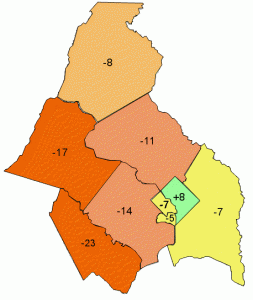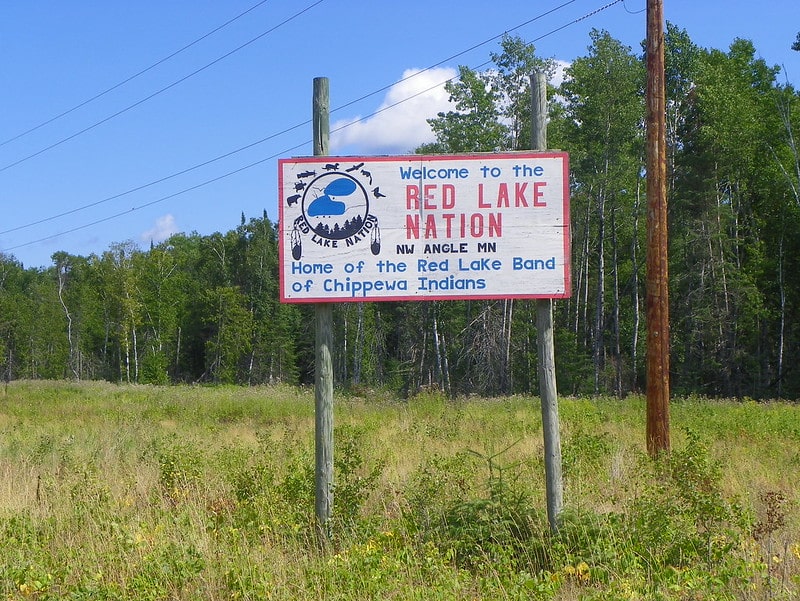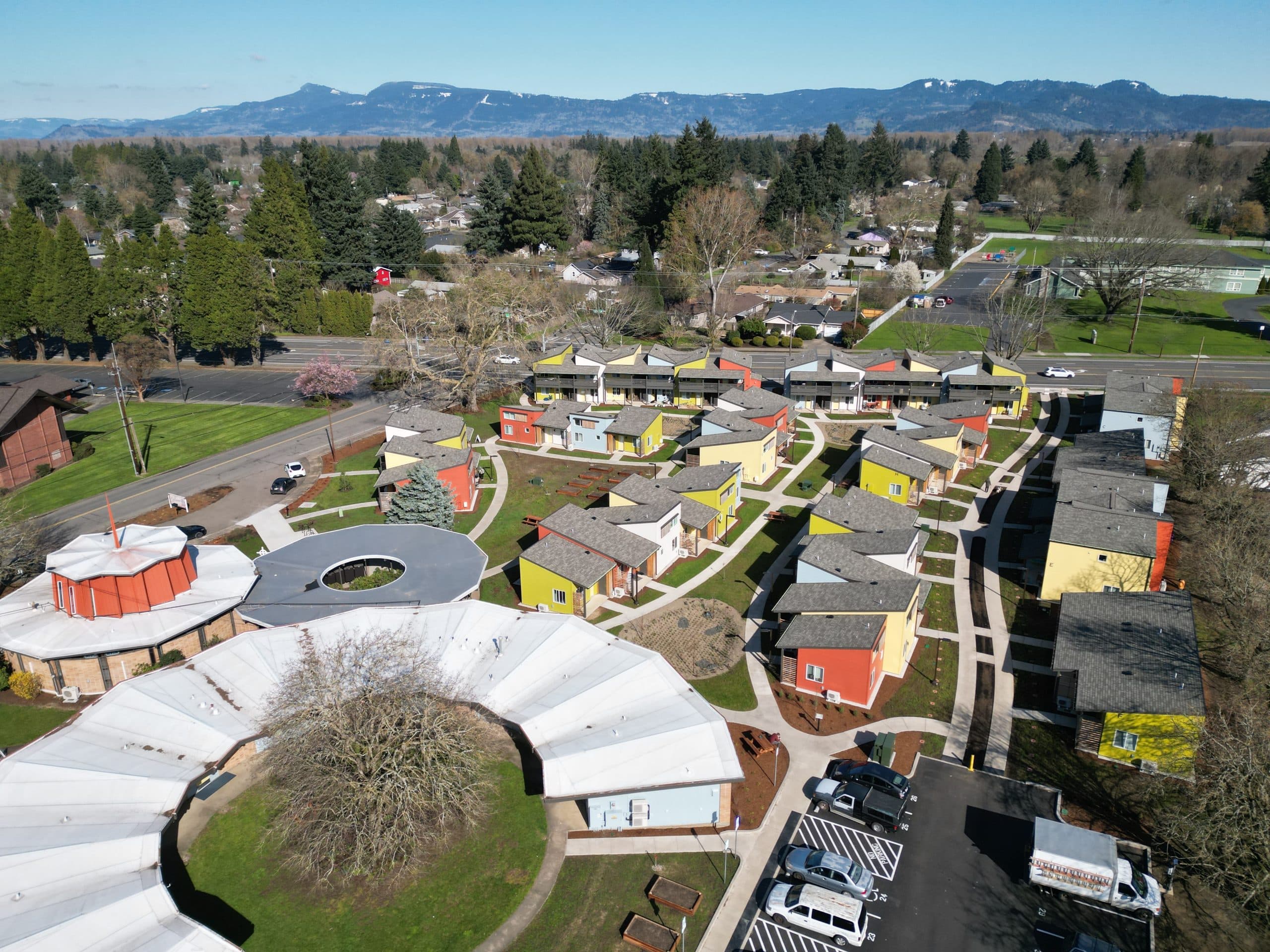
Recently, I wrote about new data from the census showing increasing growth in central cities and inner suburbs. And now there is new evidence from the Washington, D.C., area, where I live, that in 2008 only one of nine major jurisdictions in the metro region showed an increase in median home sales price: Washington, D.C., itself. The other jurisdictions that fared better than the region as a whole (whose overall median price dropped 8 percent) are all inner suburbs, and the ones that fared the worst were on the area’s outer fringe.
In addition, Harvard ecomonist Ed Glaeser, who seems to be everywhere these days, reports that regions with strong centers, as measured by the number of jobs within 5 miles of the center, are benefiting from lower unemployment rates during the current recession. There are other factors, too, of course, but Glaeser finds a statistically significant correlation. Meanwhile, one of the nation’s most severely distressed regions, Detroit, is also one of the least centralized. Complicated stuff, but food for thought.
For details and links, go here.





Comments